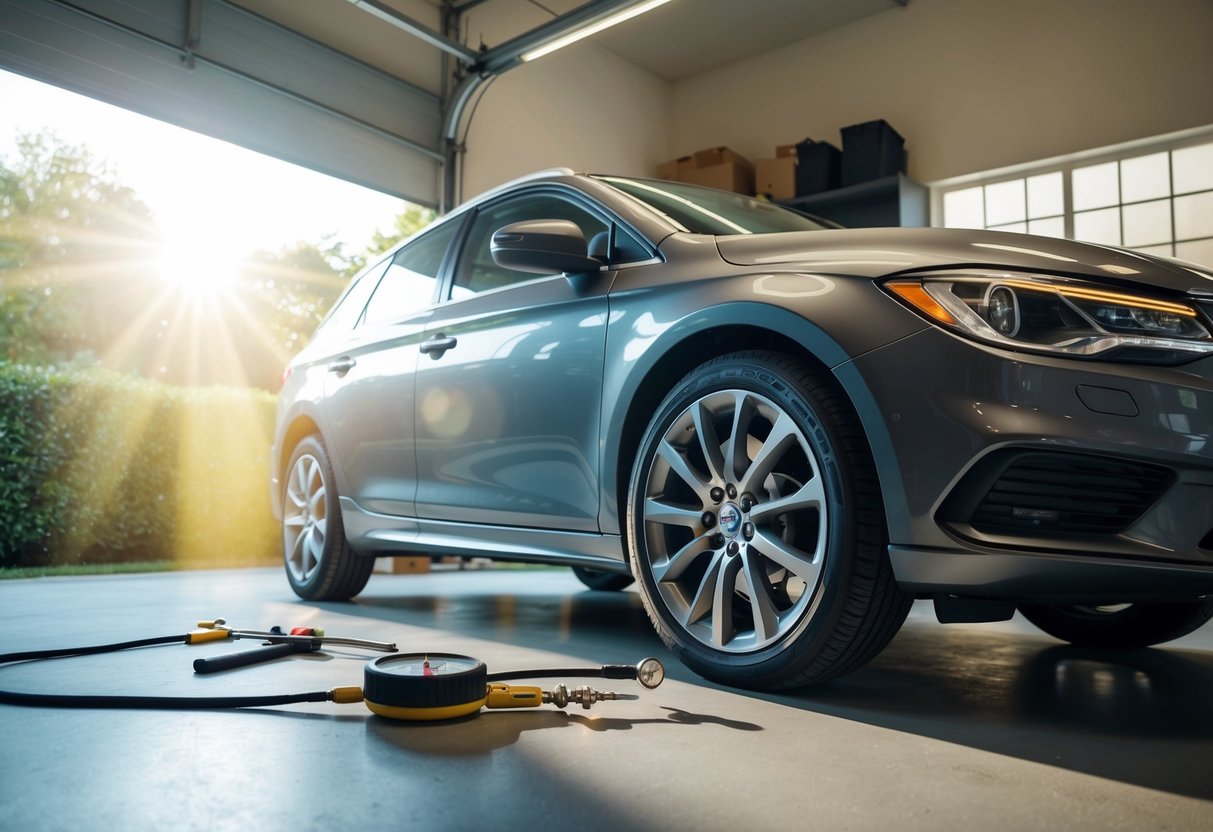Essential Tips for All-Season Tire Care: Keep Your Ride Safe Year-Round
Spotting Common Tire Issues
Spotting common tire problems early can help avoid expensive repairs and dangerous situations. Regularly inspect the tires for visible damage such as cuts, punctures, or bulges, which could lead to sudden blowouts. Cracks or dry rot can develop over time, compromising the tire’s structural integrity.
Monitoring tire air pressure is crucial, as under-inflation can cause increased wear and reduce fuel efficiency. Over-inflation, on the other hand, can lead to decreased traction and a rougher ride. Using a reliable pressure gauge, verify that the air pressure matches the manufacturer’s specifications. Identifying these issues through regular inspections contributes to prolonged tire lifespan and enhances the vehicle’s safety on the road.
Tire Pressure Management
Proper tire pressure management is crucial for vehicle safety and performance. It affects how the vehicle handles, its fuel efficiency, and the longevity of the tires.
How to Check Tire Pressure
Checking tire pressure regularly is essential. Drivers can use a digital or analog tire pressure gauge. To begin, ensure the tires are cool. Remove the cap from the valve stem and press the gauge onto the valve stem firmly. The gauge will display the tire’s pressure. Compare it to the manufacturer’s recommended pressure, which can be found on a sticker inside the driver’s side door jamb or in the owner’s manual. Adjust as needed by adding or releasing air. Many modern vehicles have a Tire Pressure Monitoring System (TPMS) that alerts drivers when the pressure is too low.
Effects of Temperature on Tire Pressure
Temperature significantly affects tire pressure. For every 10°F change in temperature, tire pressure can fluctuate by about 1 psi. Cold weather typically reduces tire pressure, while hot weather increases it. Consistently maintaining proper pressure optimizes fuel efficiency and safety. It’s crucial to check and adjust tire pressure in response to temperature changes, particularly during seasonal transitions. While TPMS can provide alerts, it may not detect minor adjustments needed for temperature shifts, so manual checks are still recommended. This ensures that tires maintain optimal contact with the road, providing better grip and handling.
Seasonal Car Care Tips

Regular tire maintenance is essential to handle different weather conditions throughout the year. Whether it’s the sizzling summer days, refreshing spring rains, or the cold winter months, understanding specific maintenance routines can enhance tire performance and ensure safety.
Ready for Summer Heat
Summer brings intense temperatures that can affect tire pressure. Ensuring that tires are inflated to the correct pressure is crucial, as excess heat can cause tire blowouts. Checking the tire tread is equally important, as worn-out tires can reduce traction on hot roads.
Rotating tires every 5,000 to 7,500 miles helps in even tread wear and enhances longevity. Checking for any sidewall cracks or unusual wear patterns can prevent unexpected issues during road trips. Using tires specifically rated for high temperatures can further optimize their performance during summer.



